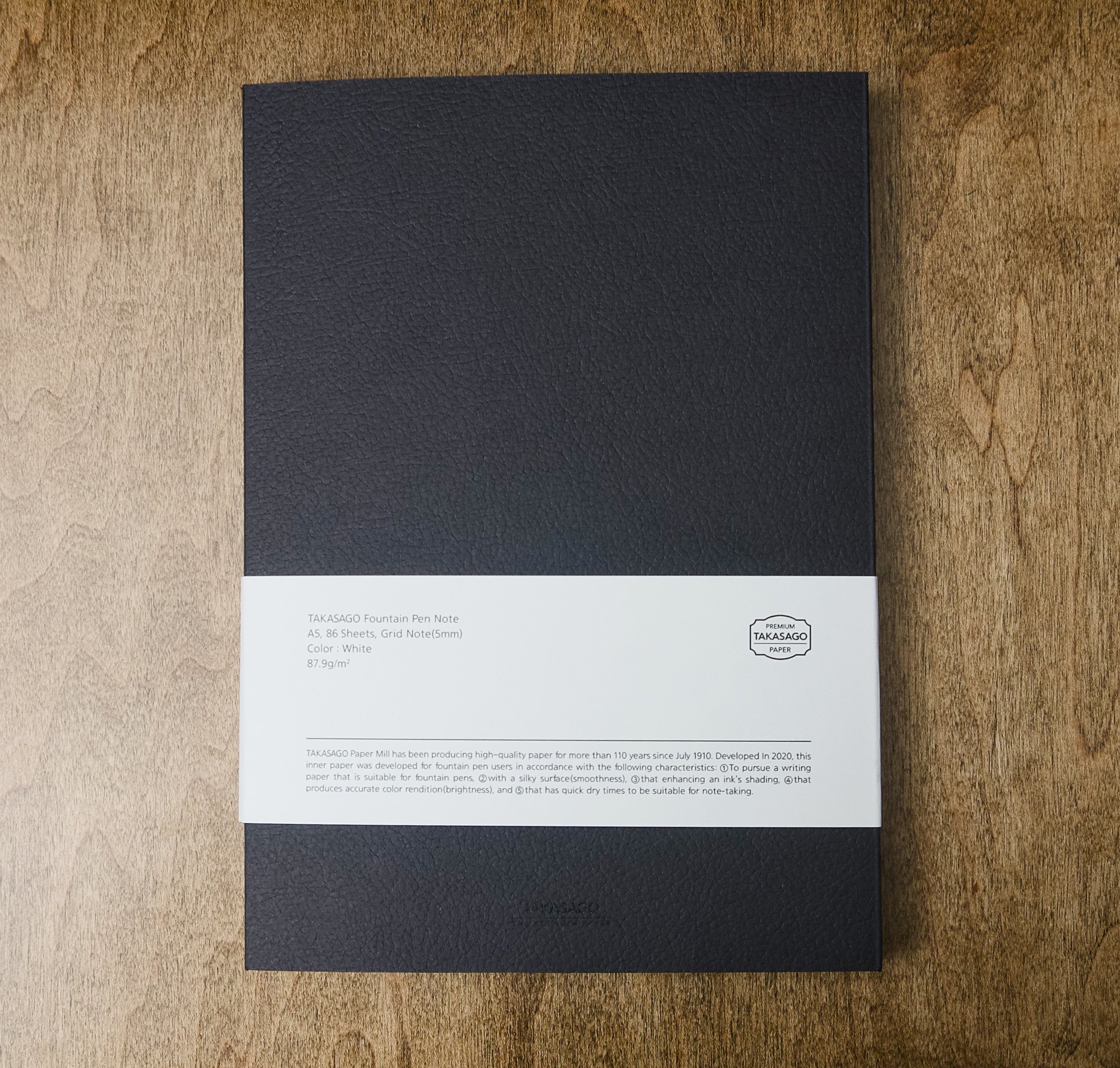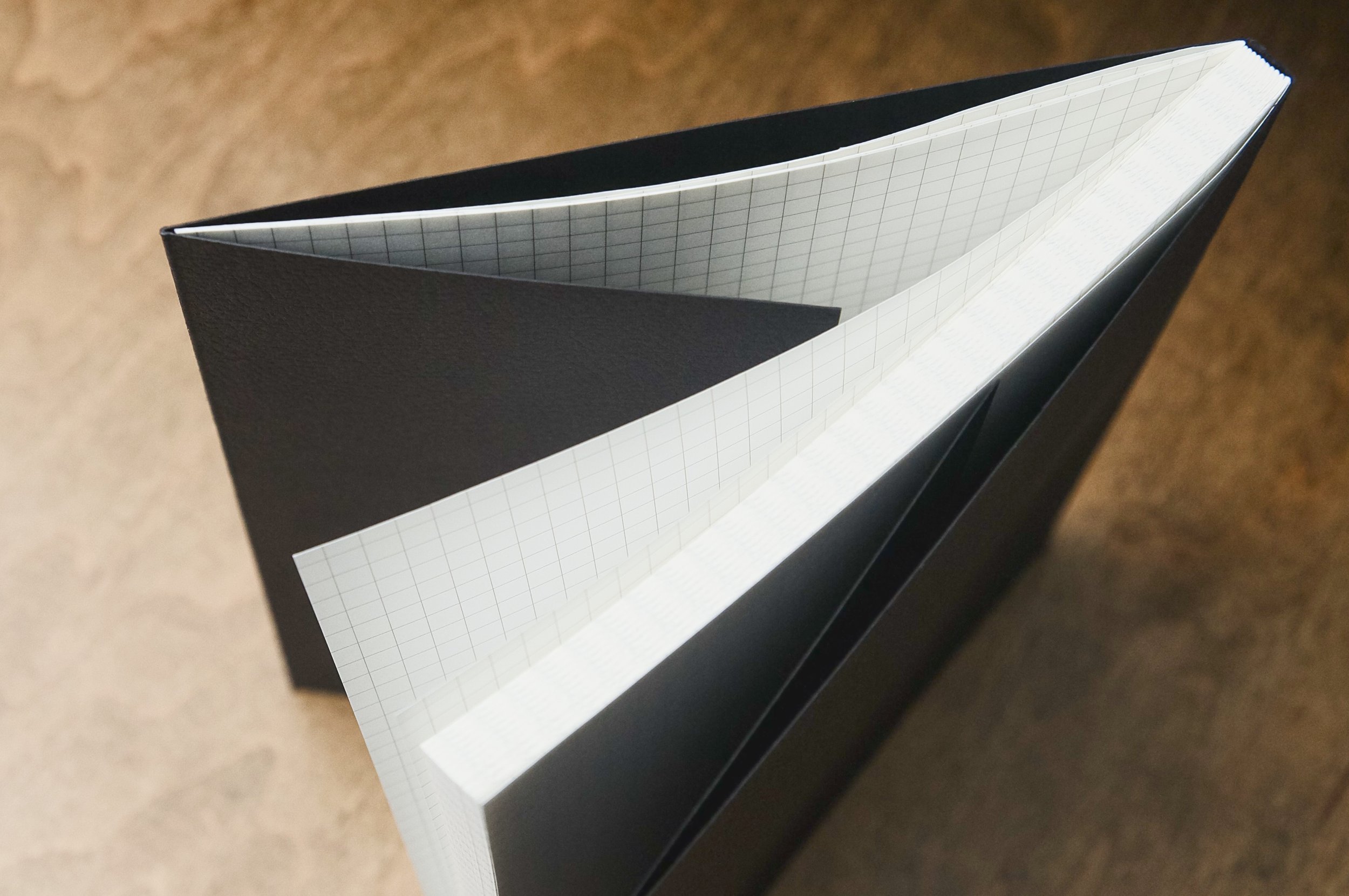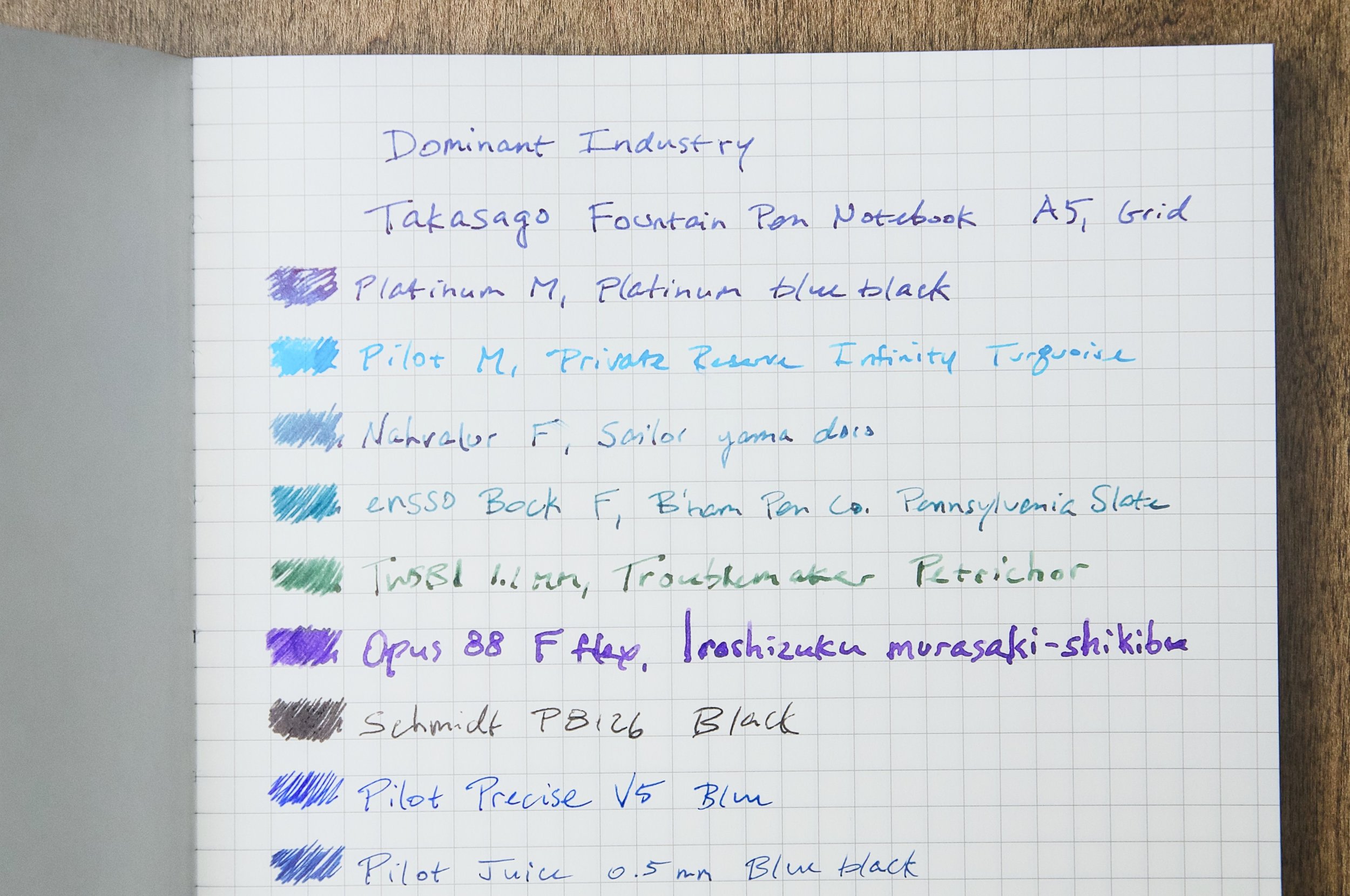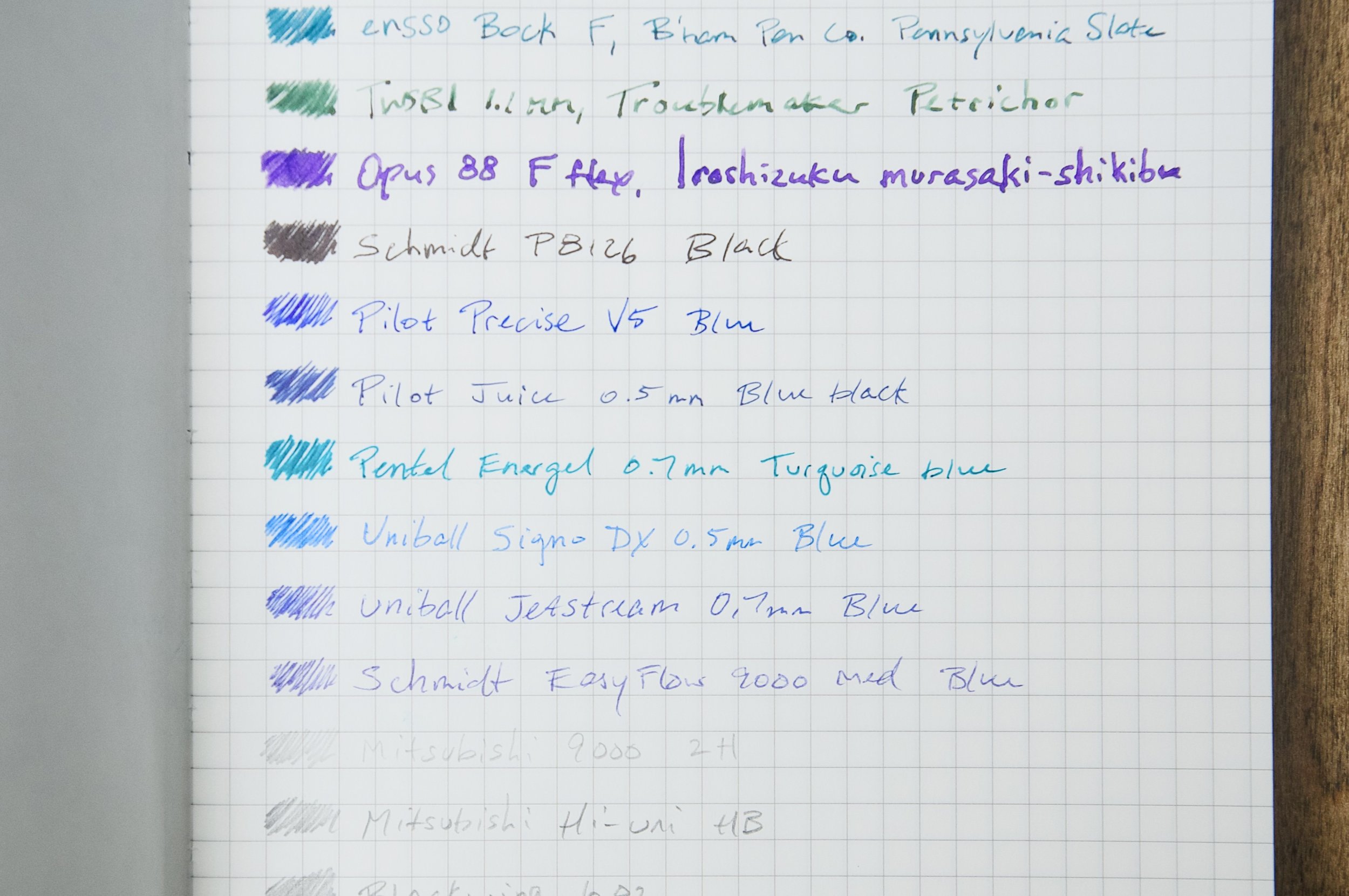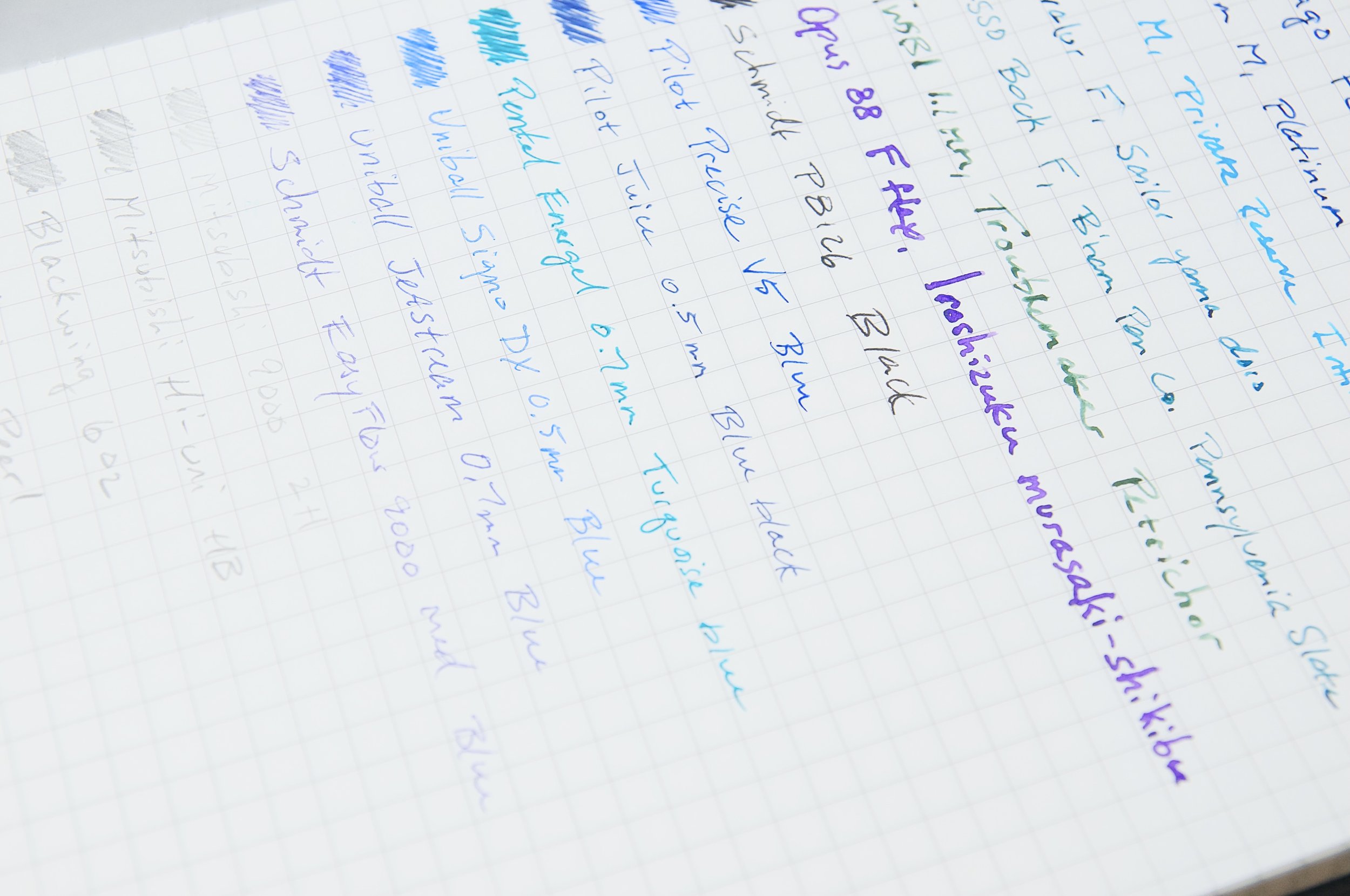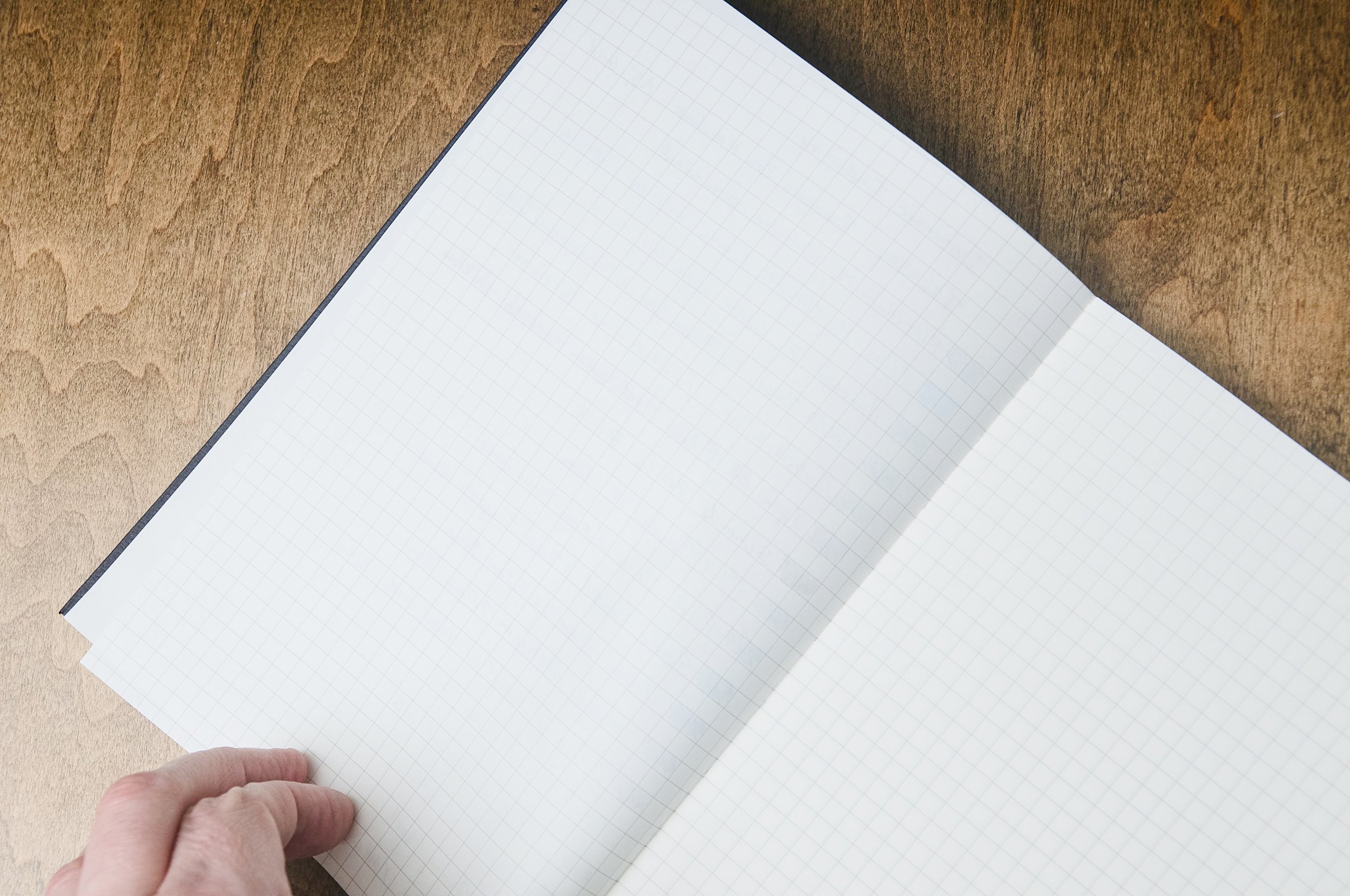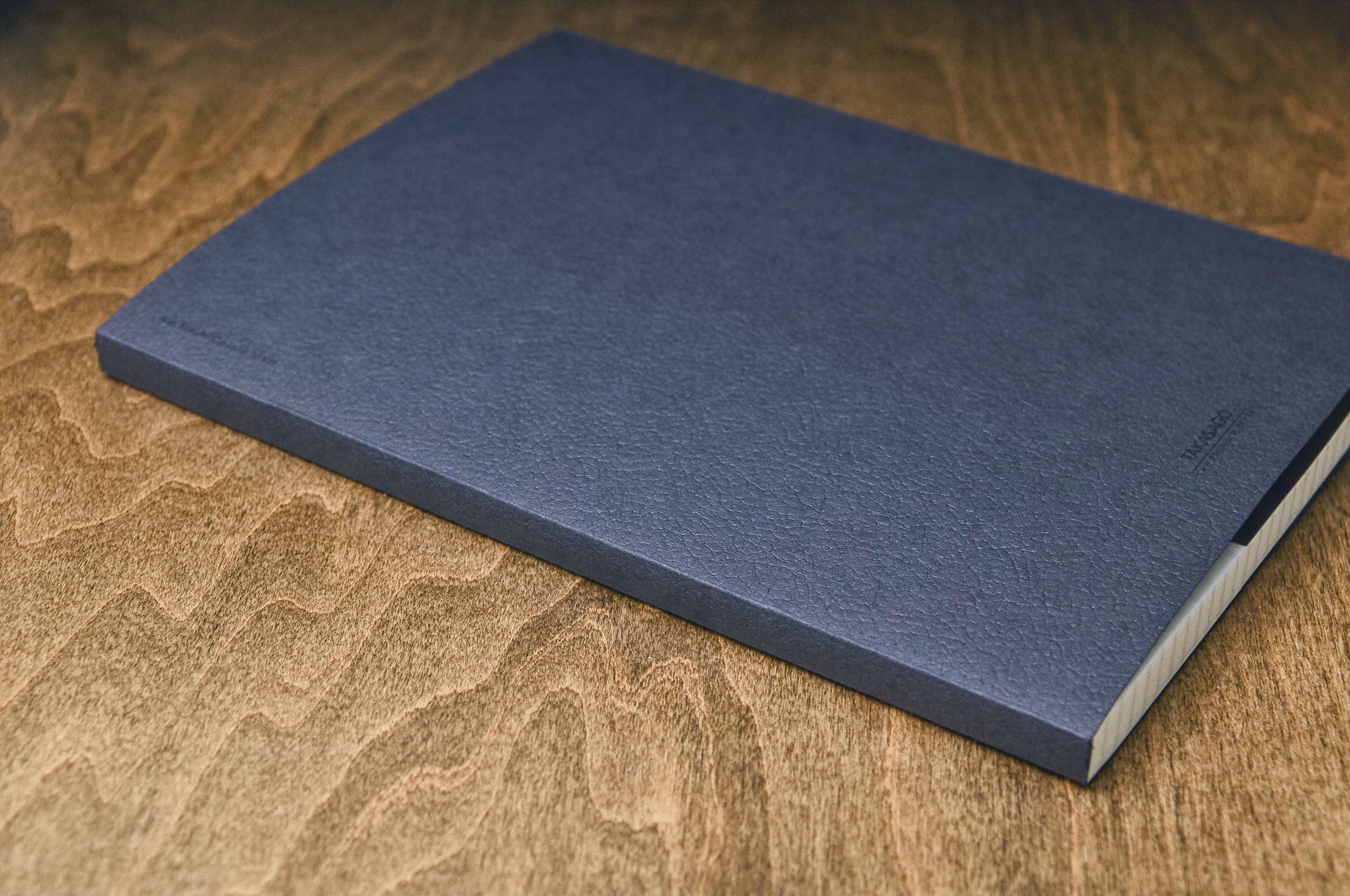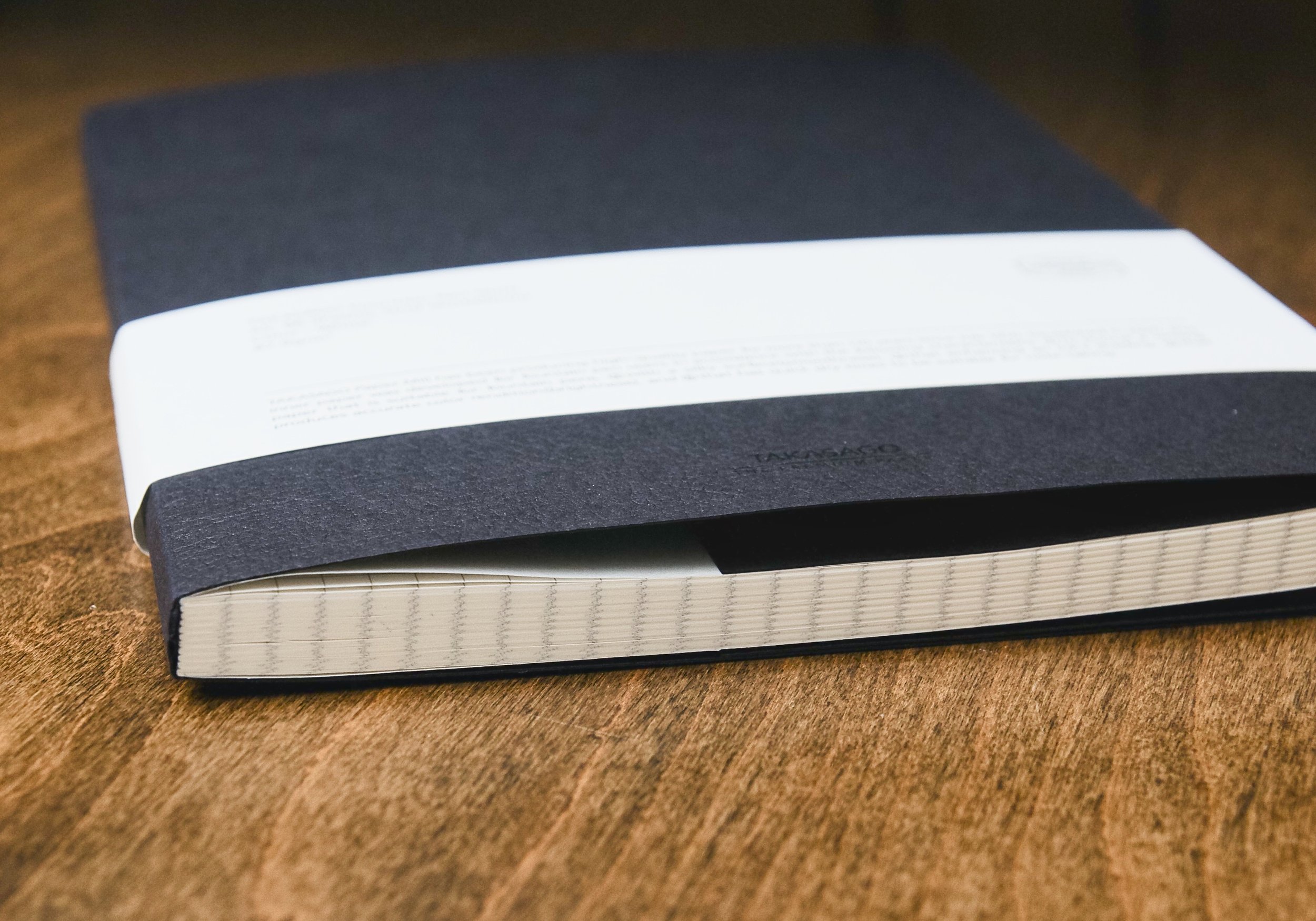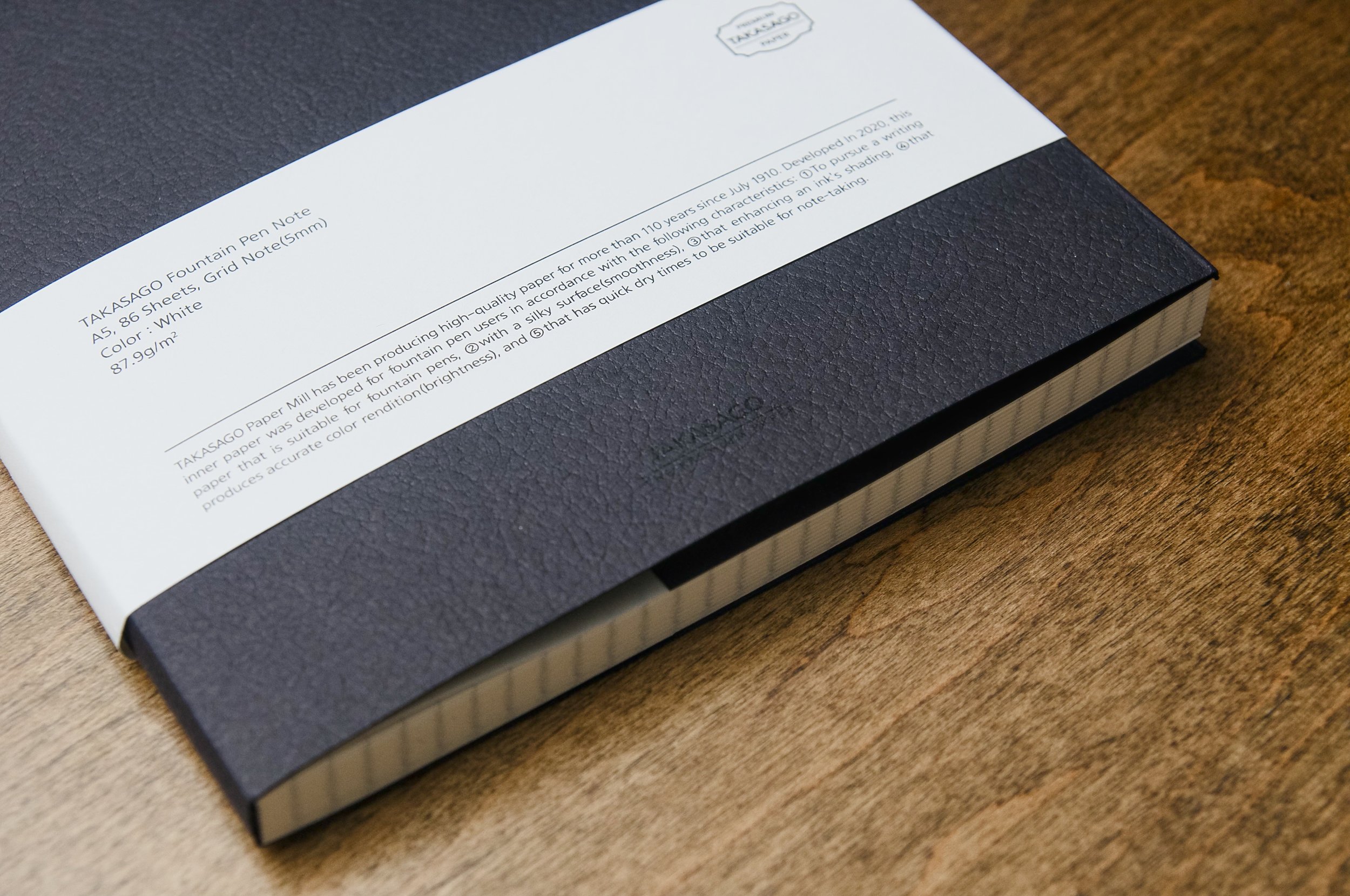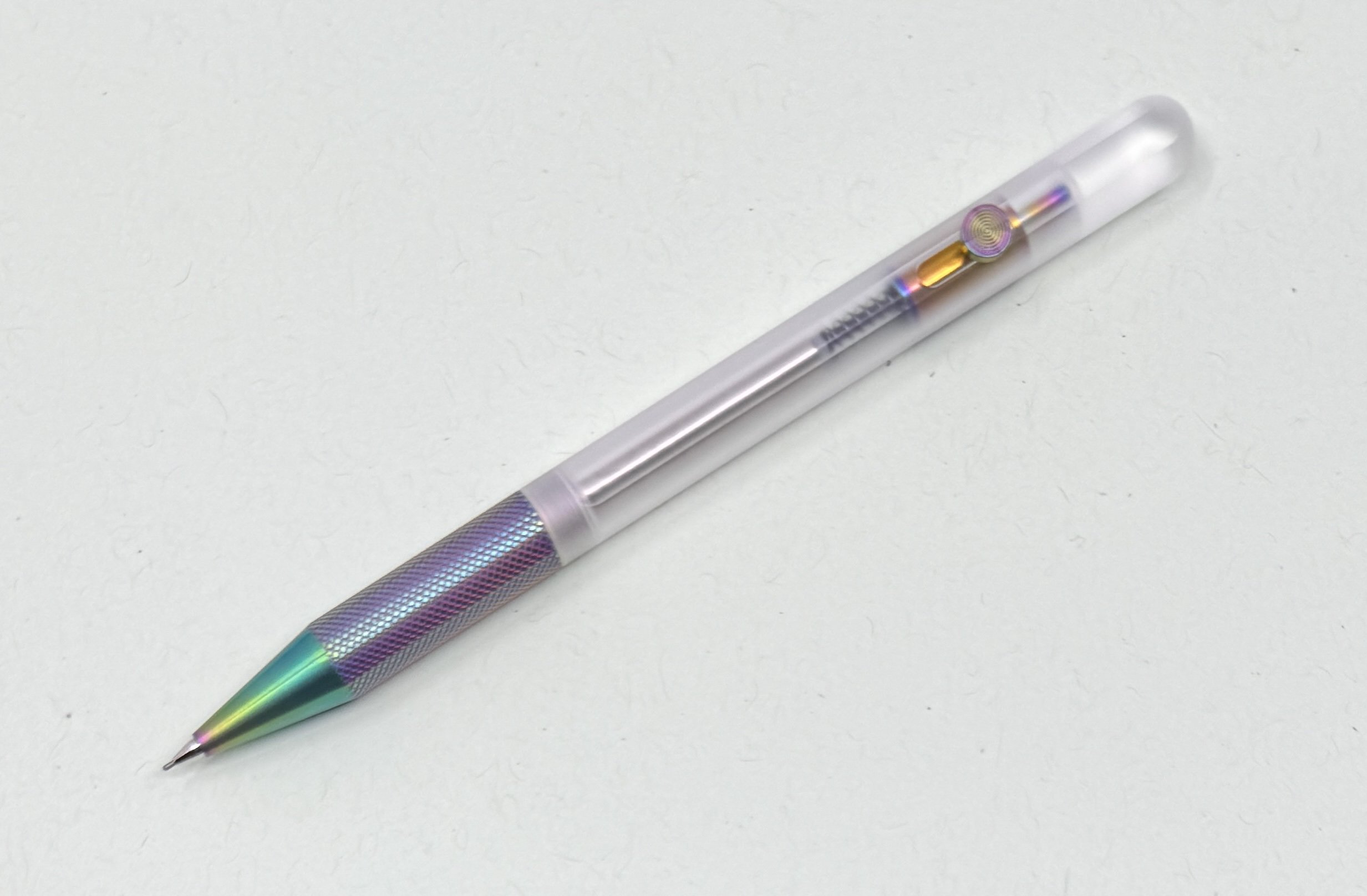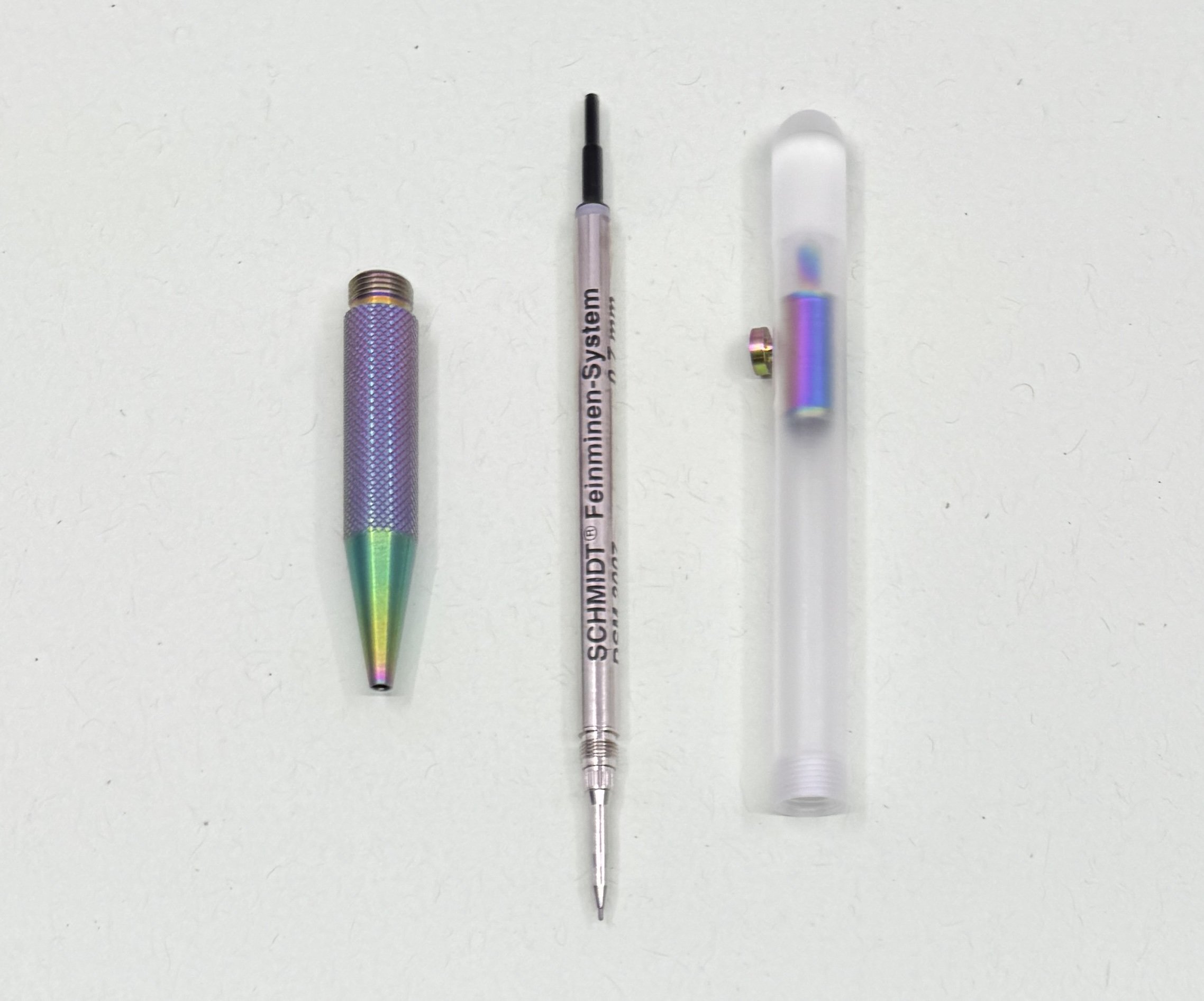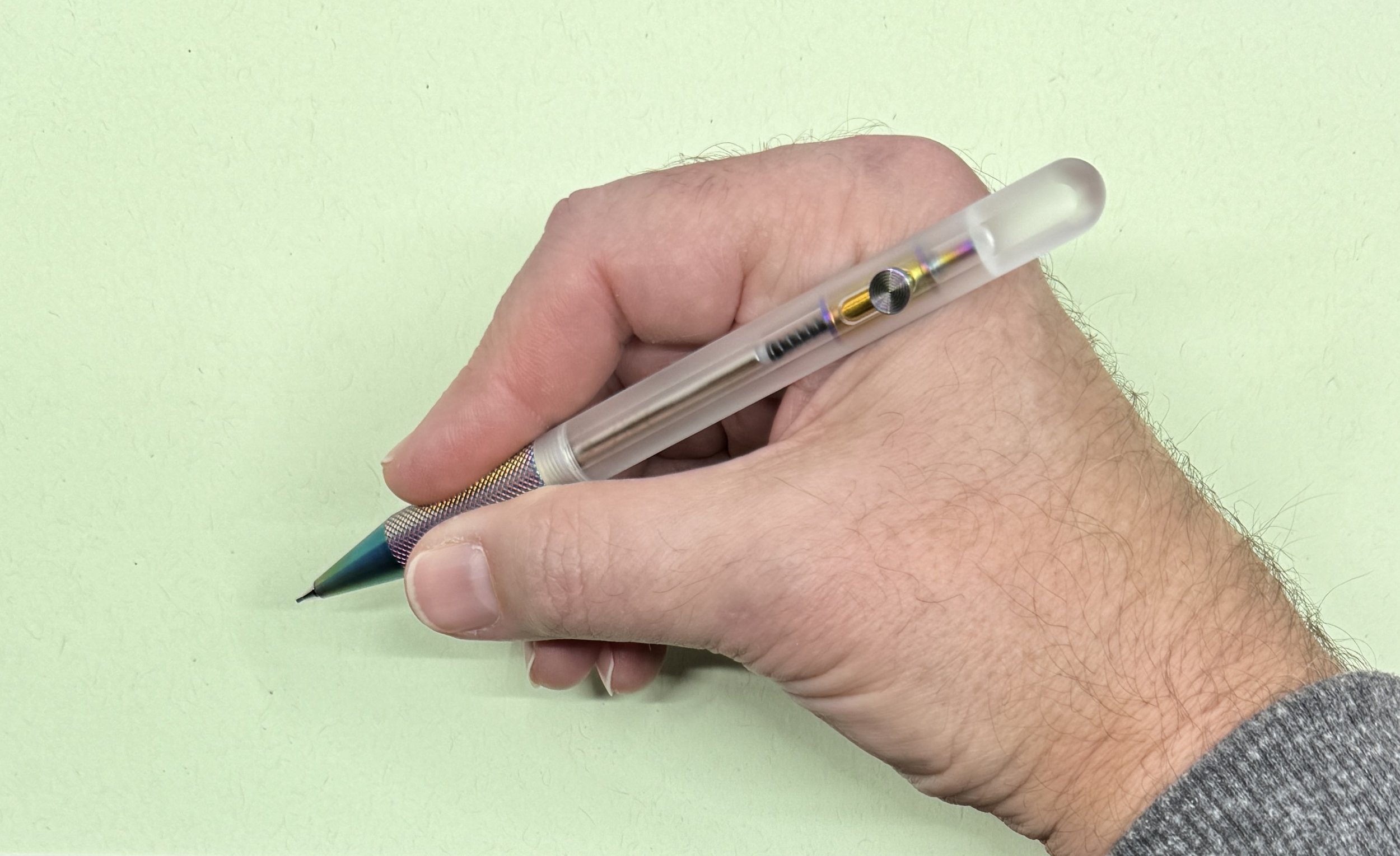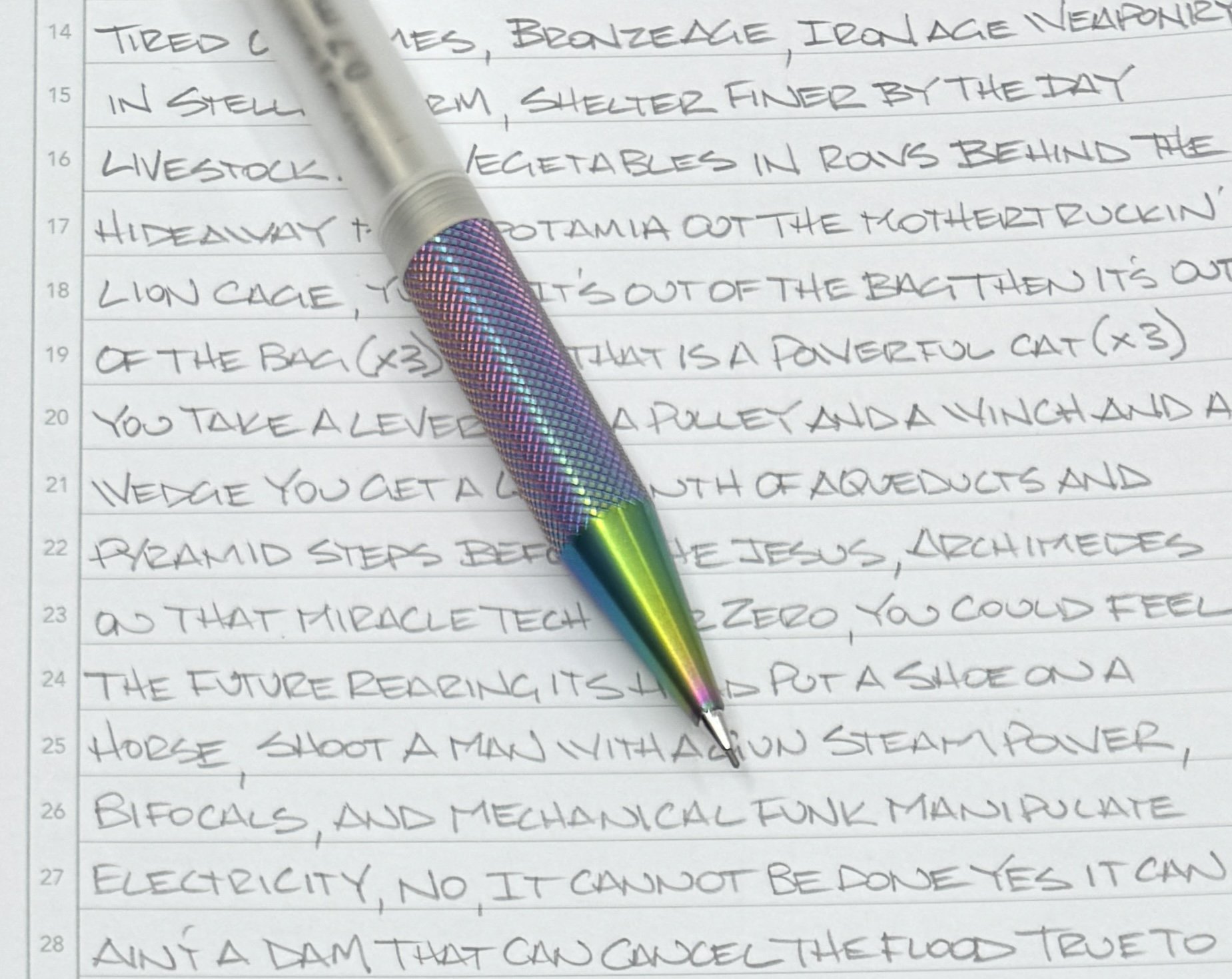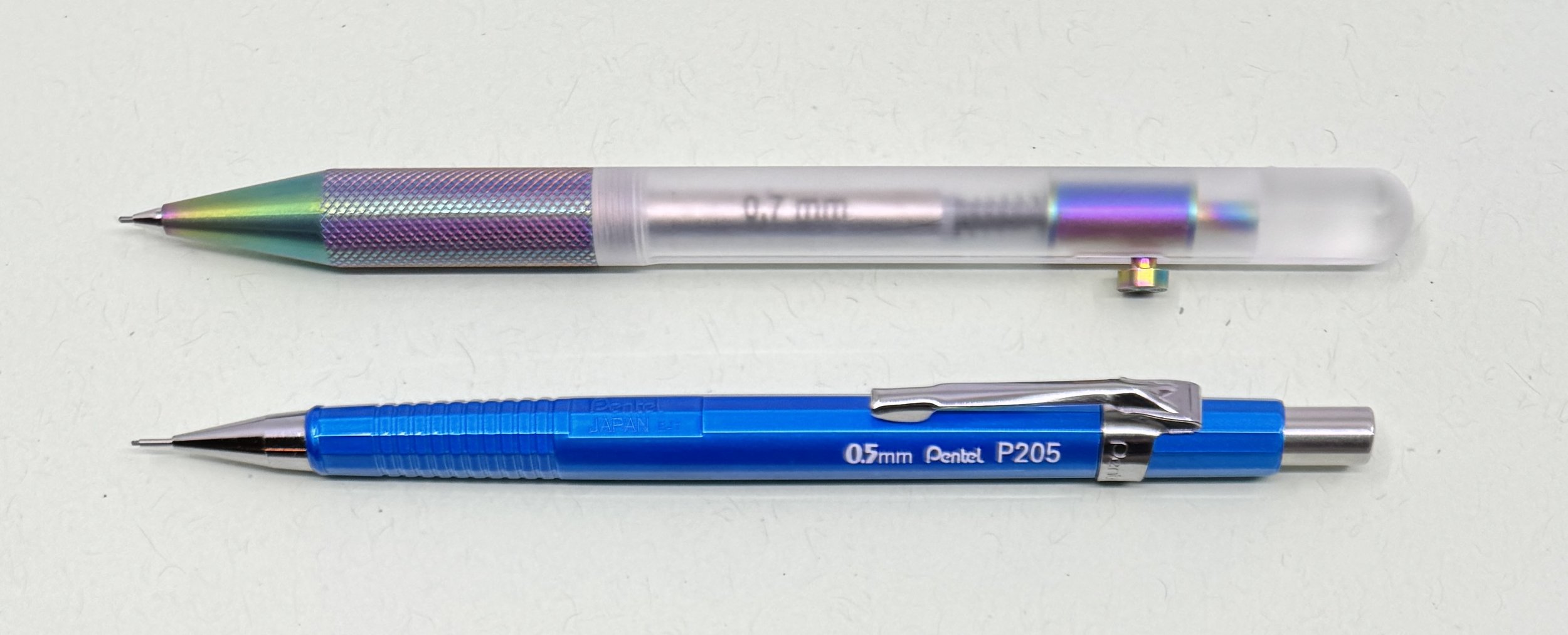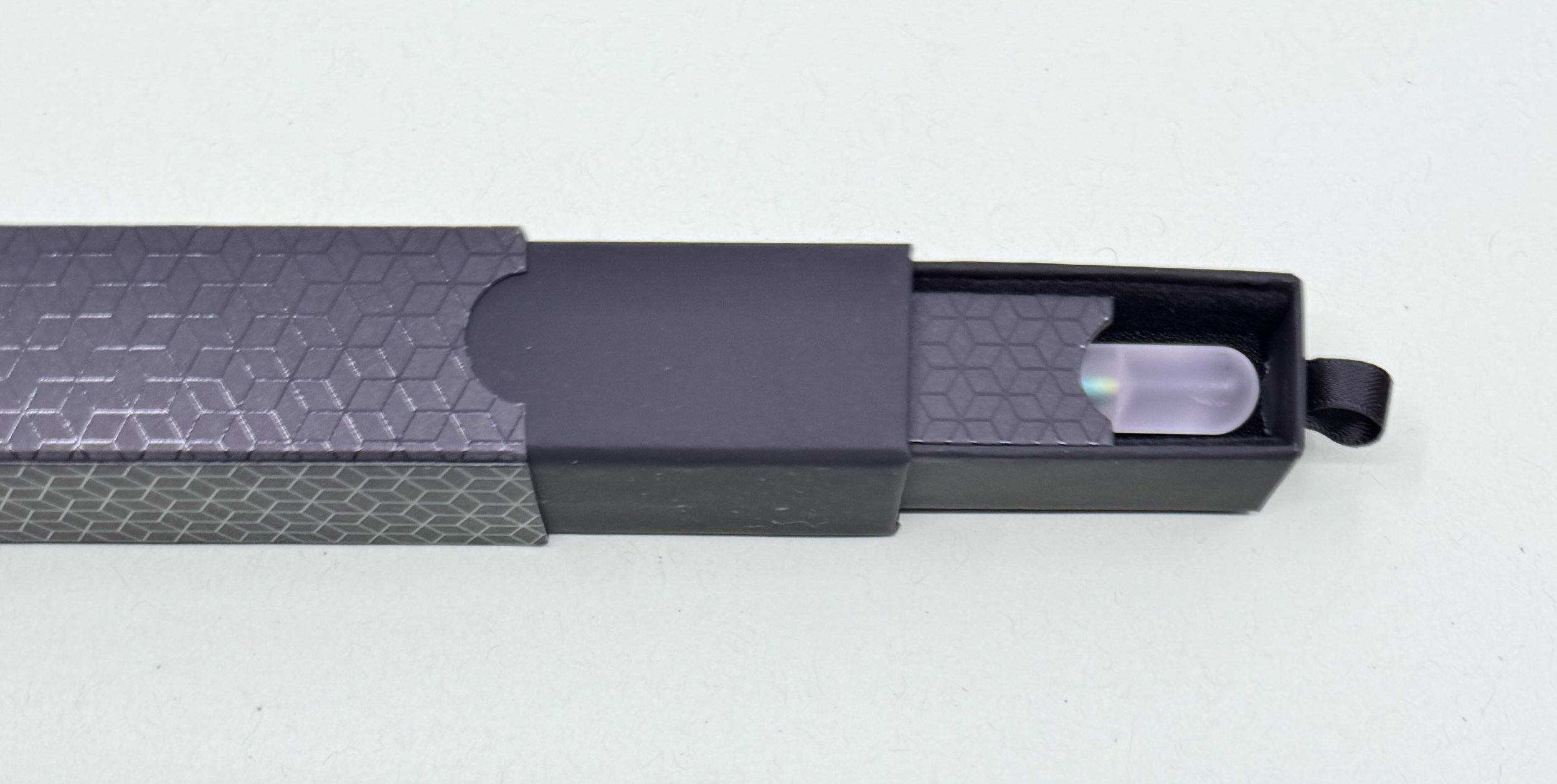Namisu Nova Pocket Pen, now with less clips!
It’s been 599 (!) episodes, so my apologies if we go off the rails on occasion. What causes the derailment this week? AI ink, gold-plated marketing, and pen clips - or the lack thereof. I love stationery so much, and this episode is a perfect example why.
This episode of The Pen Addict is sponsored by:
Squarespace: Save 10% off your first purchase of a website or domain using code PENADDICT.
Enigma Stationery: Shop online with code PENADDICT for a free gift and discounted shipping on orders of $50 or more.


